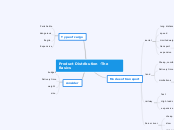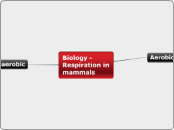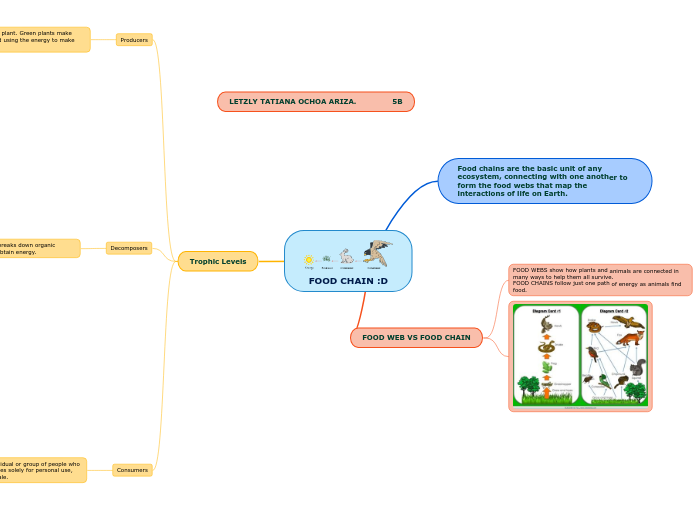Subtopic
Integral Proteins
Cotransport Proteins
Active Transport Pumps
Carrier Protein
Channel Protein
Hydrophobic R groups
Peripheral Proteins
Hydrophilic R groups
Transport across Membranes
ATP Required
Endocytosis & Exocytosis
Active Transport
No ATP Required
Co-transport
Osmosis
Facilitated Diffusion
Diffusion
Unit 2: Membranes, Energy, and Cell Communication
Cell Signaling
Light reactions in photosynthesis
ATP production: chemiosmosis (protons pumped across thylakoid membrane, create sproteon gradient, drives ATP synthase)
e-: from H20, gives to NADP+
location: thylakoid membrane of chloroplast
e-: from NADH and FADH2, gives to O2
ATP production: chemiosmosis through ATP synthase
location: inner membrane space
ATP production in aerobic respiration
Chemiosmosis
Lots of ATP produced
proton gradient drives ATP synthase, ADP + Pi --> ATP
ETC
O2 combines with e- and protons to form water
H+ pumped into intermembrane space, creates proton gradient
e- go through protein complexes
NADH and FADH2 made from glycolysis and citirc acid cycle, give e- to ETC
Citric acid cycle
ATP generation: 2 ATP made through substrate level phosphorylation
Glycolysis
ATP usage: 2 ATP consumed in first 5 steps of glycolysis
ATP generation: 2 ATP made thourgh substrate level phosphorylation
Tyrosine Kinase receptor pathway
activated signaling proteins --> cascades --> gene expression
Phosphorylated tyrosines --> signaling proteins
activates kinase --> autophosphorylation of tyrosine
Ligand binds to dimer
GCPR receptor
Pathway
cAMP activates first kinase
Adynylyl cyclase converts ATP --> cAMP
Activated G protein activates adenylyl cyclase
GPT --> GTP and activates G protein
Ligand binds to GCPR receptor
Cell Energy
Cellular Respiration: ATP Production
ATP: The Energy Currency
ATP used in:
Chemical Work (Biosynthesis)
Transport Work (Active Transport)
Mechanical Work (Motor Proteins)
ATP Synthesis: ADP + Pᵢ → ATP (Requires energy)
ATP Hydrolysis: ATP → ADP + Pᵢ (Releases energy)
Photosynthesis: ATP & Energy Transfer
Comparison to Cellular Respiration
ATP is generated using a proton gradient in both mitochondria and chloroplasts.
Both processes use electron transport chains.
Calvin Cycle (Stroma)
ATP & NADPH used to fix CO₂ into glucose.
Light-Dependent Reactions (Thylakoid Membrane)
Electron transport & proton pumping to create ATP and NADPH.
Electron Transport Chain (ETC) & Chemiosmosis
ATP is generated by oxidative phosphorylation.
Proton (H⁺) gradient in the intermembrane space drives ATP Synthase.
Stages of Cellular Respiration
Oxidative Phosphorylation (ETC + Chemiosmosis) (Inner Mitochondrial Membrane)
Outputs: ATP (32-34), H₂O
Inputs: NADH, FADH₂, O₂
Citric Acid Cycle (Krebs Cycle) (Mitochondrial Matrix)
Outputs: ATP, NADH, FADH₂, CO₂
Inputs: Acetyl-CoA, NAD+, FAD
Pyruvate Oxidation (Mitochondrial Matrix)
Inputs: Pyruvate, NAD+
Outputs: Acetyl-CoA, NADH, CO₂
Glycolysis (Cytoplasm)
Inputs: Glucose, ATP, NAD+
Outputs: Pyruvate, ATP (net 2), NADH
Energy Transfer in Cells
Types of Metabolic Pathways
Anabolic Pathways ( Photosynthesis: synthesis of glucose using light energy)
Catabolic Pathways (Cellular Respiration: breakdown of glucose for ATP)
Laws of Thermodynamics
2nd Law: Energy transfer increases entropy.
1st Law: Energy is transferred and transformed, not created or destroyed.
Membranes
Factors Affecting Fluidity
Fatty Acid Composition (unsaturated vs saturated)
Temperature (higher = more fluid)
Cholesterol (maintains fluidity at various temperatures)
Functions of membranes
Signal Transduction
Selective Permeability
Structure of Membranes
Glycolipids
Cell recognition, stability & protection
Glycoproteins
Cell-cell recognition & signal reception
Phosplipid Bilayer
Maintains Flexibility
Phospholipids
Hydrophilic Head (phosphate group)
Hydrophobic Tails (fatty acids)









